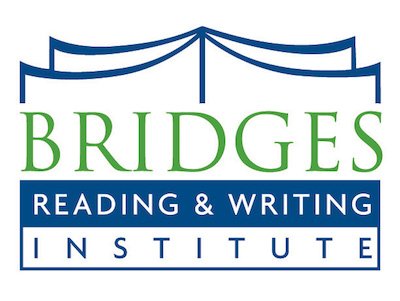Phonemic Awareness: Activities to Help Your Child Listen to Specific Parts of Words
All words are made up of a combination of various sounds. You can help your child identify the beginning or ending sound of a word using poems, rhymes and even tongue twisters. Here are a few activities to try with your child that will get them listening to the specific parts of words.
Put the Tail on the Tongue Twister. Make up silly tongue twisters that use all of the same beginning sound, but leave off the last word. Example: “Bears build bedrooms by the …” Let your child finish the tongue twister with a silly word that starts with “B”, such as “beach” or “bucket-load”.
Re-Write Dr. Seuss. Read one of Dr. Seuss’ books, such as Sam I Am, several times. After your child is familiar with the story, help her re-write the story using a different rhyming sound. For example, instead of using “-am”, use the “-oo” sound. “I do not like green eggs and stew. I do not like them Sister Sue.” Try this out using other ending sounds such as “-ake”, “-ill”, and “-eat”. You can re-write one line or an entire story depending on your child’s interest.
Word Families. Draw four stick figures on a piece of paper. They can be a mom, dad, and two kids, or they can be a dad, two kids and a dog. If possible, you can draw figures to represent your own family. Tell your child you are going to make a word family by giving each person a word. Write a short word, such as “pink” above the first person and say the word aloud. Then, write another word with the same ending sound, such as “sink”, above the second person and say it aloud. Ask your child if he can think of a word to give the third person. If necessary, give suggestions until your child recognizes a real word (“Gink, jink, blink. Aha, blink is a word!”). Continue with the fourth person. You can also add more people, pets, etc. if your child is on a roll.
